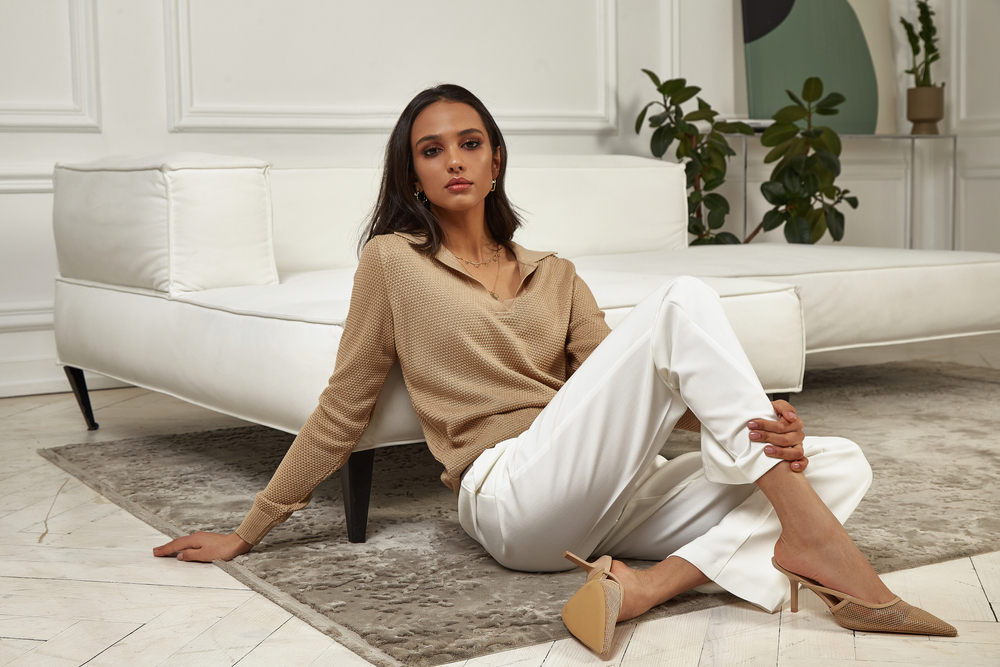When it comes to fashion, colors play a pivotal role in making a statement. The art of combining different hues and shades can transform an outfit from plain to extraordinary, creating a visual symphony that captivates the eye.
Enter color theory – a concept that has long influenced the world of art and design. But did you know that its impact extends far beyond paintings and decor? In fact, color theory has a profound sartorial influence on the fashion industry, making it a crucial consideration for models looking to excel in their photoshoots.
The Power of Color
Color possesses a unique ability to elicit emotions, convey messages, and even alter perceptions. Understanding how colors interact is an integral part of creating visually appealing images that leave a lasting impression. By using color strategically, models can elevate their presence in front of the camera, commanding attention and exuding confidence.
Understanding Color Schemes
To master the kaleidoscope of fashion, models must familiarize themselves with various color schemes and their effects:
1. Complementary Colors
This refers to colors that sit opposite each other on the color wheel, such as blue and orange, or red and green. Complementary colors create high contrast and provide a vibrant visual impact. When working with these colors, models can play with contrasts and experiment with bold combinations that create a captivating image.
2. Analogous Colors
Analogous colors are adjacent to each other on the color wheel. For instance, red, orange, and yellow form an analogous color scheme. Using these colors in fashion photography can create a harmonious and soothing effect. Models can explore these combinations to evoke certain moods or create a softer, more natural atmosphere in their photoshoots.
3. Monochromatic Colors
Monochromatic color schemes involve using different shades and tints of a single color. This allows models to work with a diverse range of hues while maintaining a cohesive and unified look. Exploring monochromatic colors can add depth and richness to a photoshoot, making it visually compelling.
Color Psychology: A Stylistic Aid
In addition to color schemes, understanding color psychology can help models make more informed choices. Here are some commonly associated emotions with certain colors:
- Red: Associated with passion, energy, and excitement.
- Blue: Symbolizes trust, calmness, and reliability.
- Yellow: Evokes happiness, warmth, and optimism.
- Green: Represents nature, balance, and growth.
- Purple: Conveys luxury, creativity, and spirituality.
- Orange: Associated with enthusiasm, creativity, and determination.
These emotional associations can guide models in selecting colors that align with the mood and message they wish to convey during a photoshoot.
Experiment, Innovate, and Create
As a model, embracing color theory creates endless possibilities for creativity and self-expression. By understanding how colors work together, models can confidently collaborate with photographers, stylists, and designers to curate captivating visuals that leave a lasting impact.
The kaleidoscope of fashion awaits, with color theory as your trusted guide.


